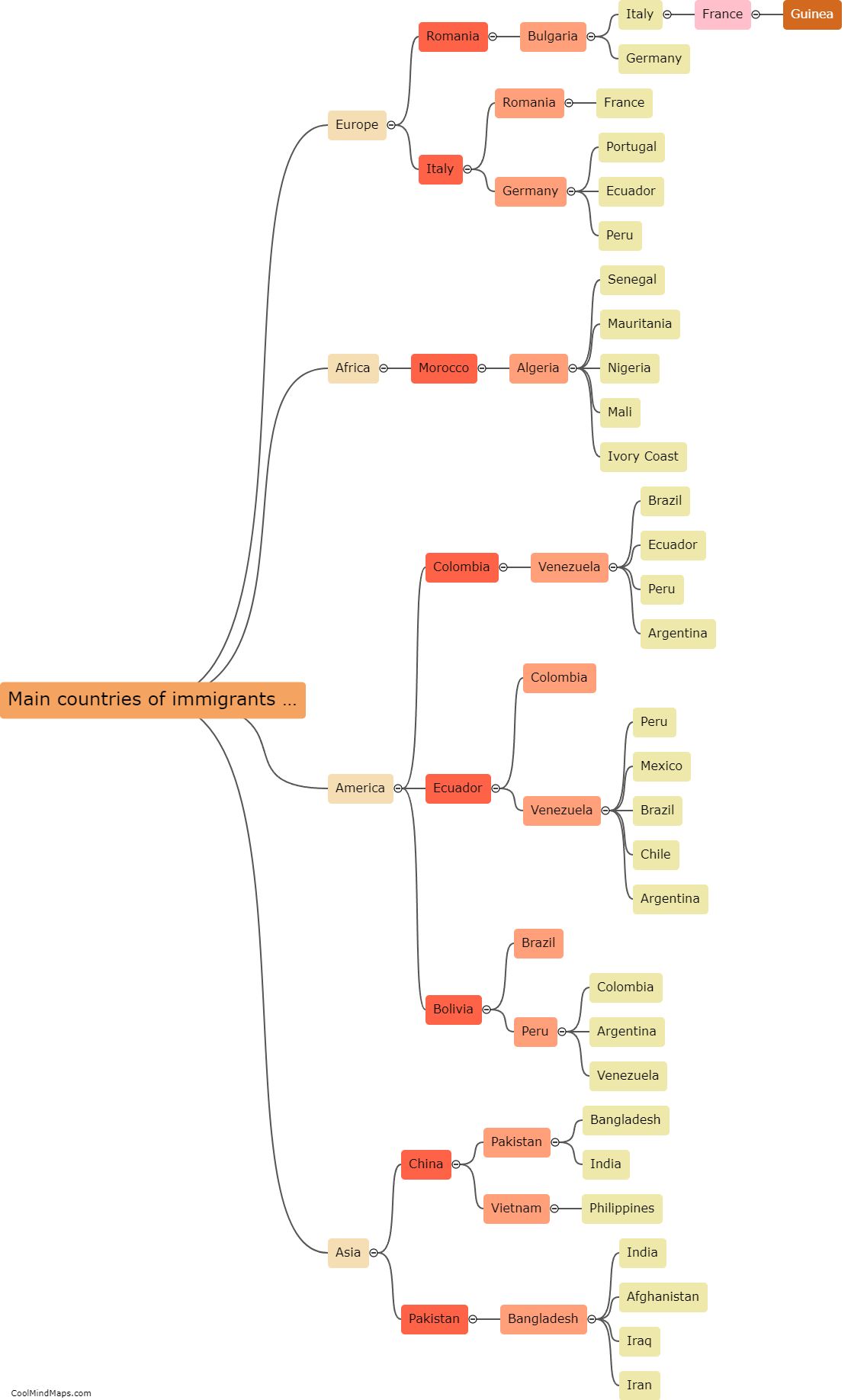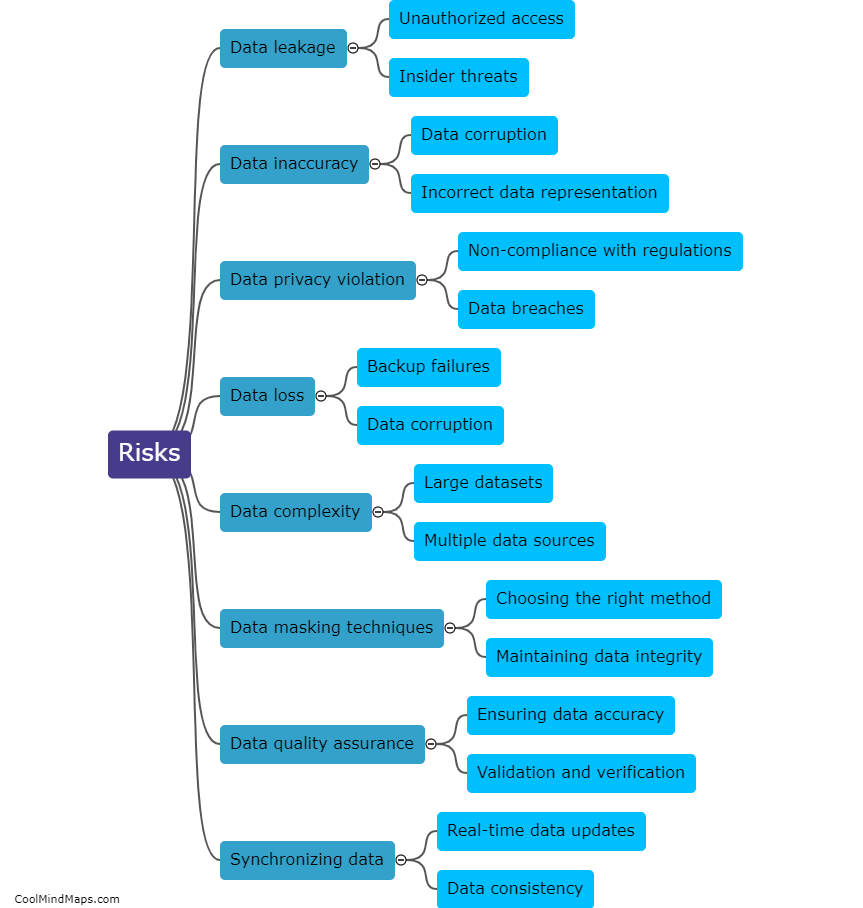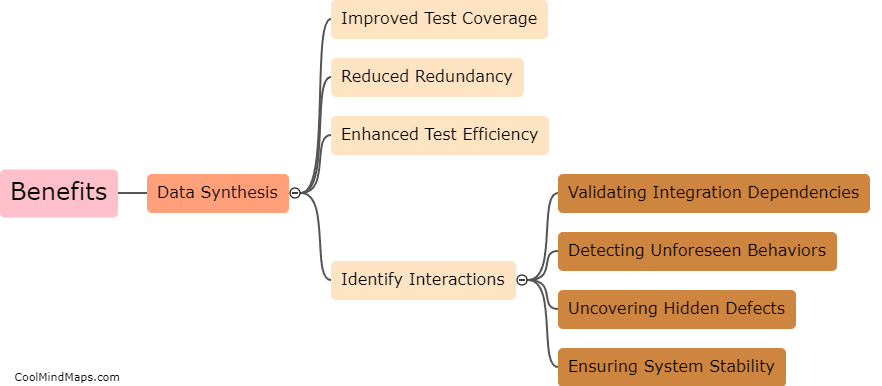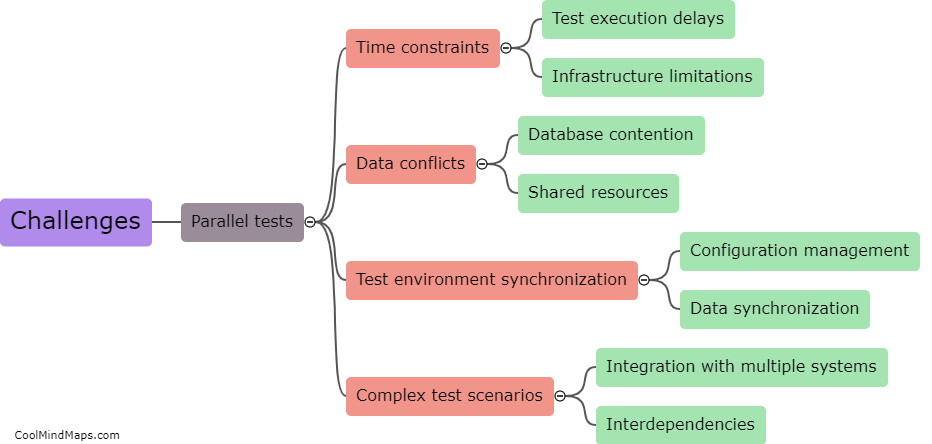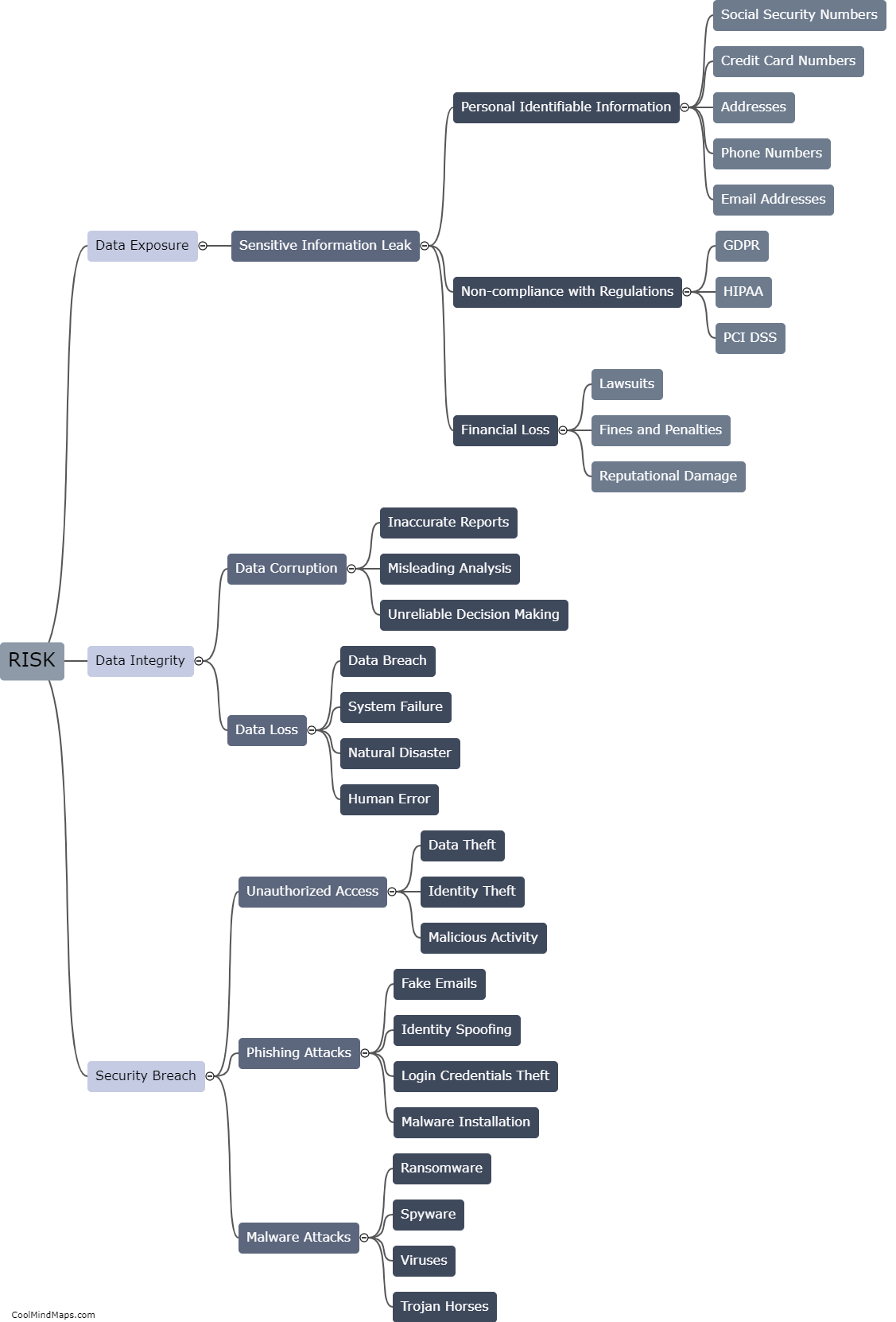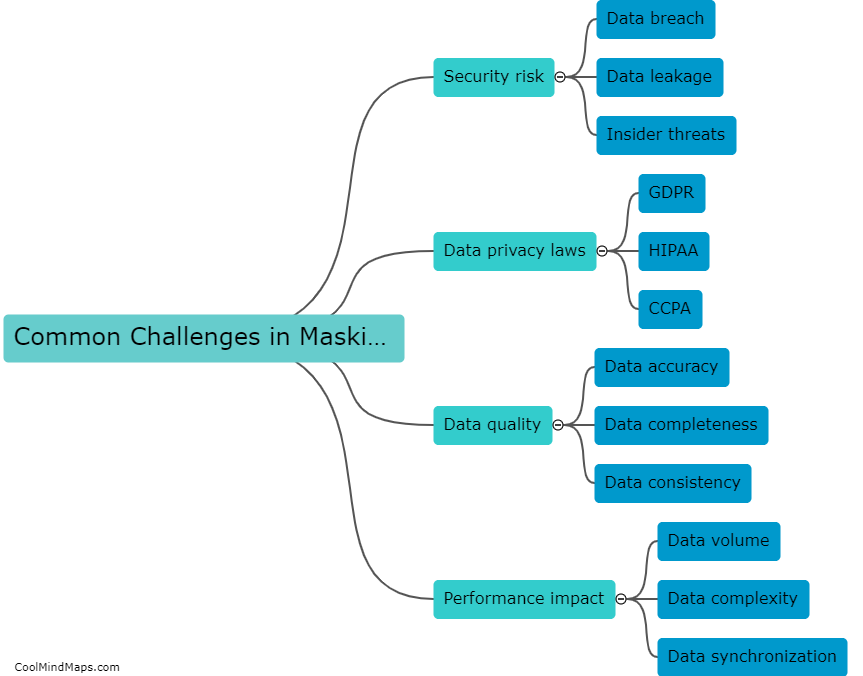What is the purpose of running tests parallel to production?
Running tests parallel to production serves several purposes. Firstly, it allows for the identification and fixing of any potential bugs or issues that may arise during the testing process. By running tests in parallel, developers can simulate real-world conditions and identify any bottlenecks or performance issues that may impact the production environment. Parallel testing also helps to validate the stability and reliability of the software by stress-testing it under different scenarios simultaneously. Additionally, it helps to mitigate the risk of downtime and user disruption by identifying any critical issues before they impact the live environment. Ultimately, the purpose of running tests parallel to production is to ensure the highest quality and reliability of the software when it is deployed to real users.

This mind map was published on 31 July 2023 and has been viewed 126 times.
